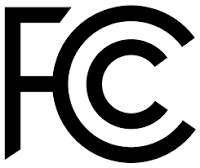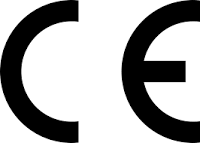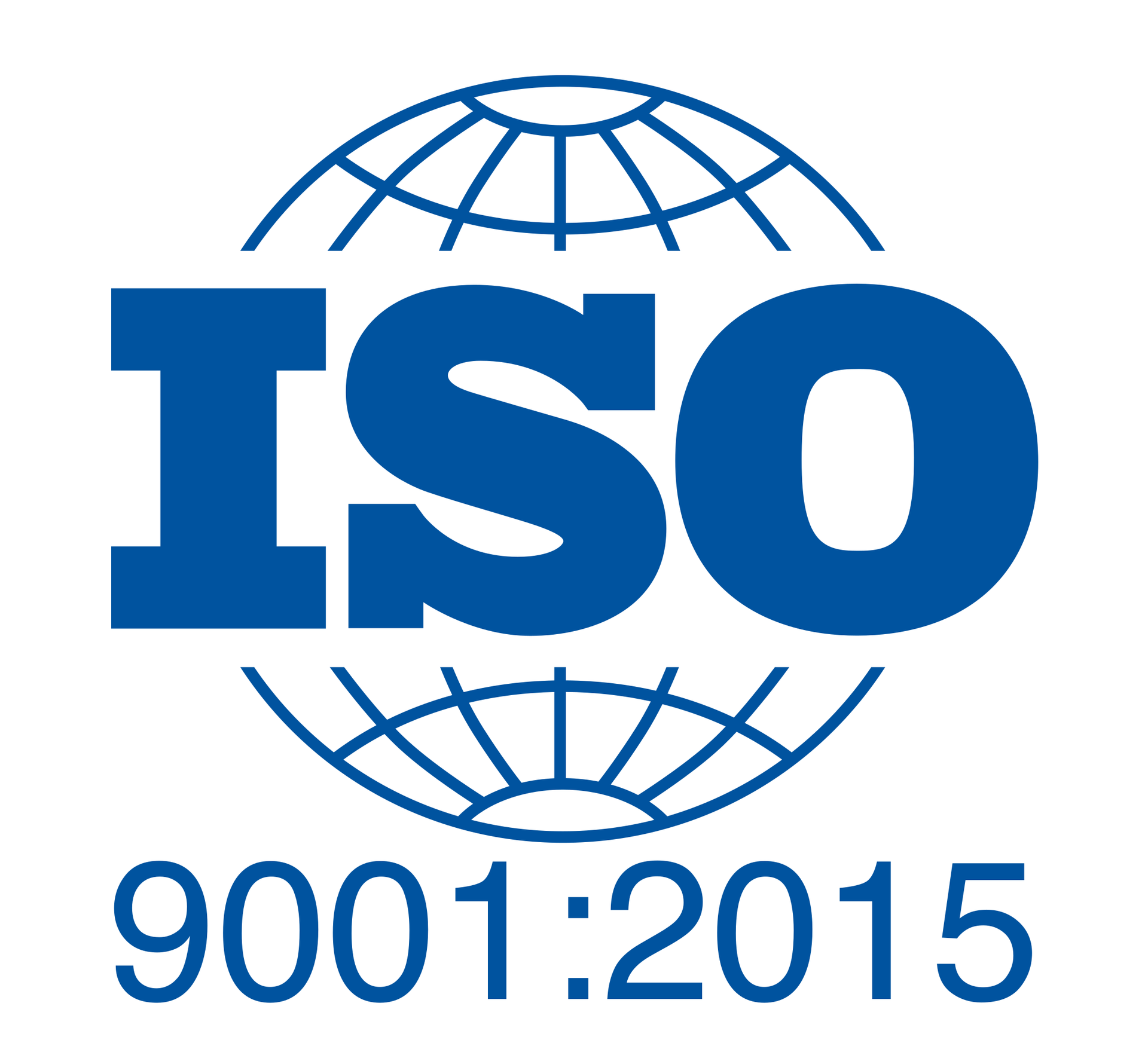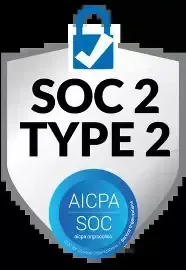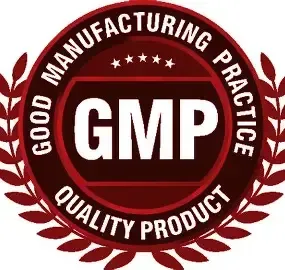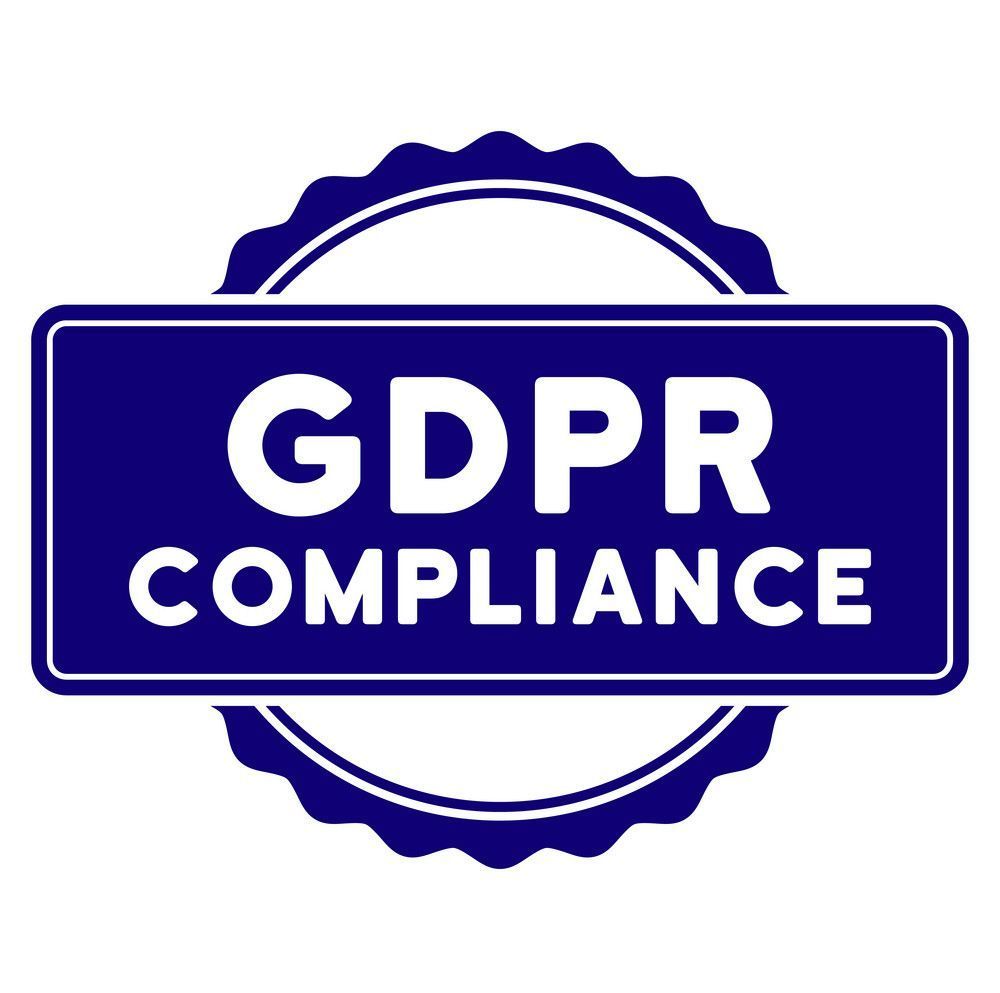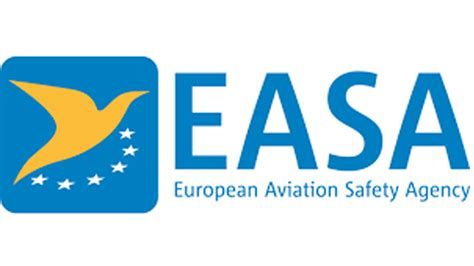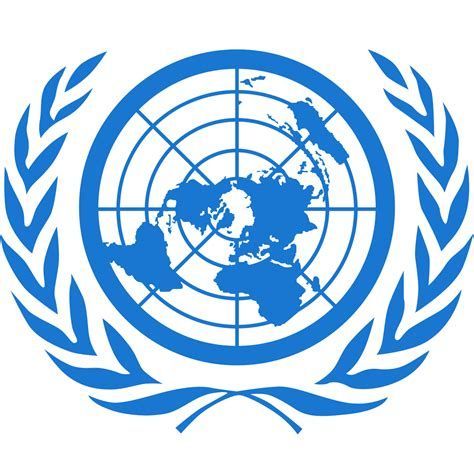Compliance & Quality
Our engineering-first approach and focus on sustainability have developed the standards we adhere to and what we believe in today. Monitoring critical assets within the cold chain industry and our significant alignment with our partners demonstrates our commitment to quality.
We live and breathe compliance, with our strict adherence to standards and regulations. Our solutions are put to the test with every one of our client’s unique quality assurance guidelines in place.
Quality plays a significant role within the team, from when devices are first designed, and manufactured, our rigorous testing processes to gathering feedback from clients and working alongside their team to ensure our solutions are compliant with their standards in place.
Certifications:
CE
CE Certification is a mandatory conformity mark for products placed on the market in the European Economic Area (EEA). The CE mark indicates that a product has been assessed by the manufacturer and found to meet all the appropriate provisions of the relevant European health, safety, and environmental protection legislation. CE certification ensures that your product meets all the necessary safety and quality standards required by the European Union.
ISO 9001
ISO 9001 is a global standard that sets the standards for a quality management system (QMS). The standard is used by organizations to demonstrate their capacity to consistently deliver products and services that fulfill consumer and regulatory requirements. It is the most widely used standard in the ISO 9000 series and the only one to which organizations can certify.
Compliance:
FDA 21 CFR Part 11
The FDA created 21 CFR Part 11 as a regulatory framework to advise manufacturers on how to establish, manage, and retain electronic records and electronic signatures. It highlights the federal regulations that serve to ensure that electronic records are trustworthy, dependable, and typically equivalent to paper records and paper-based handwritten signatures.
IATA/FAA Compliant - AC 91.21- 1D, 2017, P.91
This advisory circular (AC) provides information and direction to aircraft operators to help them comply with Title 14 of the Code of Federal Regulations (14 CFR) part 91, section 91.21. Section 91.21 was enacted in response to the possibility of portable electronic devices (PED) interfering with airplane communications and navigation equipment. It forbids the use of PEDs aboard US-registered civil aircraft flying under instrument flight regulations (IFR). This rule allows the use of specified PEDs and other devices that the aircraft operator has determined will not interfere with the aircraft's safe operation. The recommendations included herein are one method, but not the only method, of complying with the requirements of Section 91.21 pertaining to the operation of PEDs.
IATA/FAA Compliant -
AMC.CAT.GEN.MPA.140
According to the CAT.GEN.MPA.140 Regulation, the operator must not allow anybody to use a portable electronic device (PED) on board an aircraft that could impair the functioning of the aircraft's systems and equipment and must take all necessary precautions to avoid such usage. This means that there is no outright prohibition against the use of PEDs. However, before permitting PEDs on board, the operator must demonstrate that radio frequency emissions from PEDs do not represent a risk to aircraft systems and equipment and that all hazards have been mitigated.
IATA/FAA Compliant -
UN 38.3
Lithium and lithium-ion batteries are an integral part of everyday life thanks to their small size, and they offer a long life due to their high energy density. For lithium batteries to be safely transported (by air, sea, rail, or roadways), they must meet the requirements laid out by standard UN 38.3. This standard applies to batteries transported either on their own or installed in a device.
